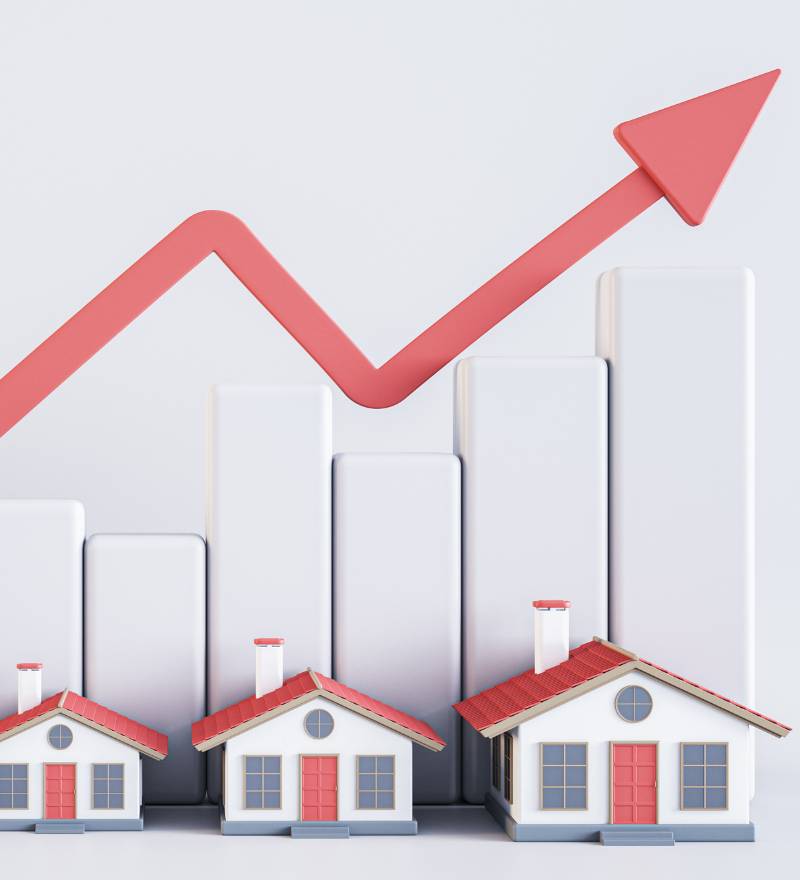
Invest in properties with sustainable architecture
In the search for new investments, sustainable architecture has emerged as an attractive and profitable option. This approach not only contributes to the preservation of the environment, but also offers multiple economic benefits for investors.
RECENT ARTICLES



How to generate passive income with a property on the beach
20 October, 2025
No Comments
Read more "

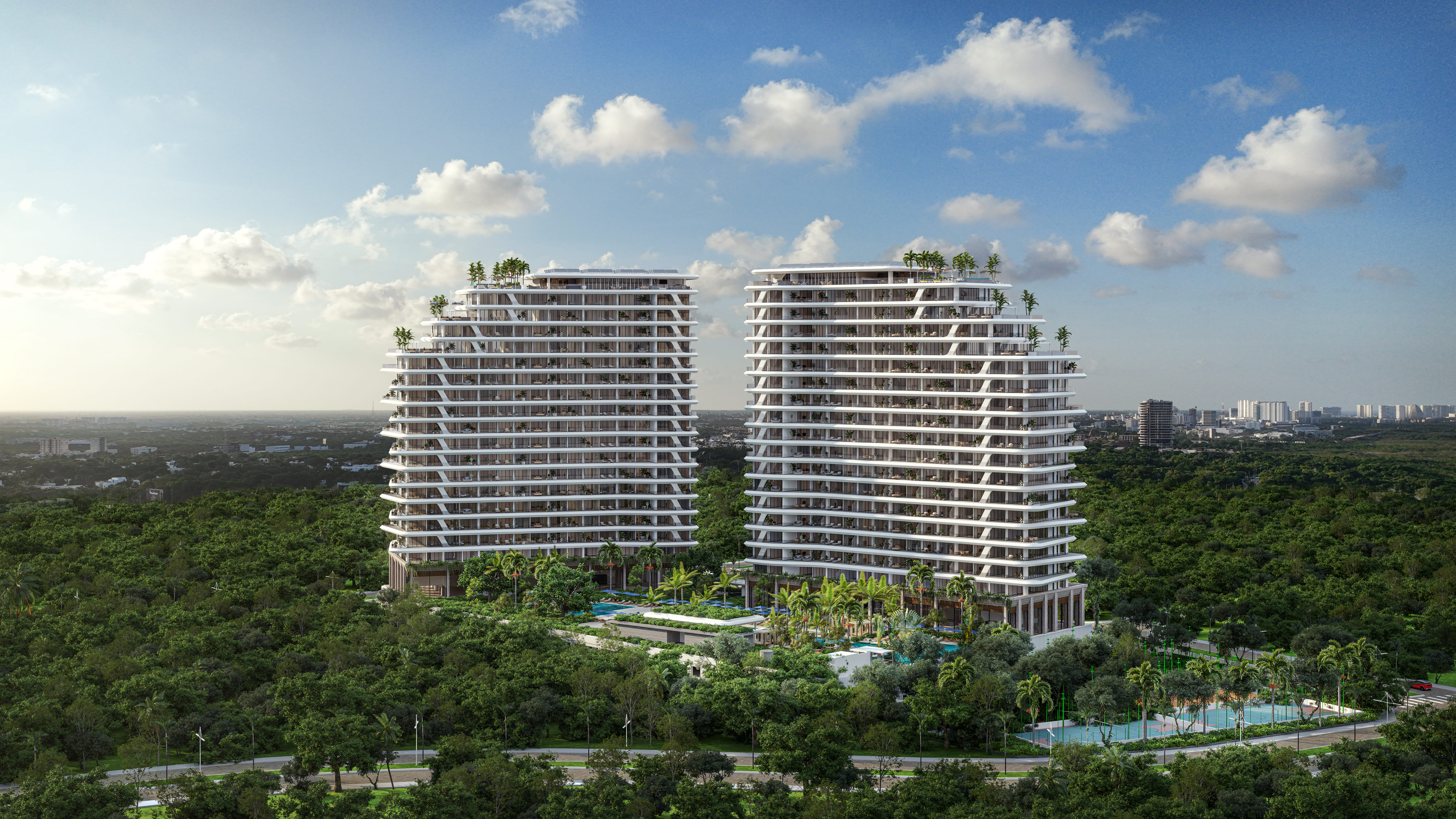
SUBSCRIBE TO OUR NEWSLETTER
Investing in real estate developments with this type of architecture means betting on the future, obtaining properties with high added value and growing demand. In this article, we will explore its main benefits and how this decision can transform your investment portfolio.
Reduction of operating costs in sustainable architecture.
One of the main advantages of sustainable architecture is the significant reduction in operating costs.
Buildings designed with sustainable principles often incorporate energy-efficient technologies.
These systems reduce utility bills, which translates into considerable savings in the long term.
You may also be interested in: Bioclimatic architecture: A trend in the real estate market.

One of the main advantages of sustainable architecture is the significant reduction in operating costs.
Buildings designed with sustainable principles often incorporate energy-efficient technologies.
These systems reduce utility bills, which translates into considerable savings in the long term.
You may also be interested in: Bioclimatic architecture: A trend in the real estate market.

2. Integrates elements that favor a sustainable life style
Sustainable architecture integrates various elements that promote an environmentally friendly lifestyle, among which the following stand out:

Natural lighting and ventilation strategies
Natural resources are maximized, integrating natural lighting and ventilation as an essential part of the design. This creates healthier and more comfortable spaces for occupants.

Natural lighting and ventilation strategies. Natural resources are maximized, integrating natural lighting and ventilation as an essential part of the design. This creates healthier and more comfortable spaces for occupants.

Rational and efficient use of water
Implementing water filtration and purification systems is key. These systems make it possible to reuse water in gardens and green spaces, optimizing consumption and reducing waste. This promotes a more conscious and efficient use of water resources.

Rational and efficient use of water. Implementing water filtration and purification systems is key. These systems make it possible to reuse water in gardens and green spaces, optimizing consumption and reducing waste. This promotes a more conscious and efficient use of water resources.

Thermal insulation in walls and ceilings
Thermal insulation is essential, especially in hot or very cold areas. By incorporating materials and techniques that regulate the interior temperature, significant energy savings are achieved, keeping the home warm in winter and cool in summer.

Thermal insulation in walls and ceilings. Thermal insulation is essential, especially in hot or very cold areas. By incorporating materials and techniques that regulate the interior temperature, significant energy savings are achieved, keeping the home warm in winter and cool in summer.

Energy efficiency strategies
Automating functions within the home and installing tools help save energy. From smart thermostats to solar panels, these elements contribute to more efficient and sustainable energy consumption.

Energy efficiency strategies. Automating functions within the home and installing tools help save energy. From smart thermostats to solar panels, these elements contribute to more efficient and sustainable energy consumption.
3. They have certifications that endorse sustainable architecture.
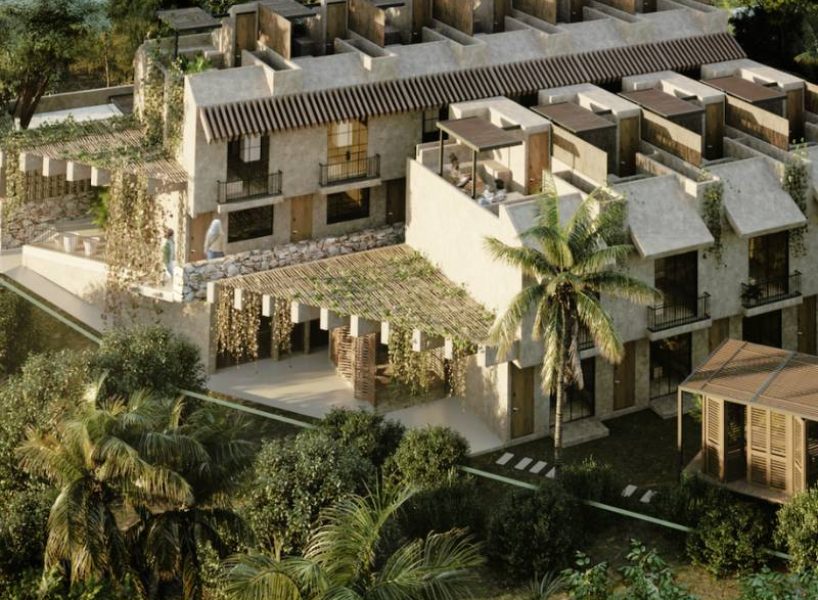
This type of architecture is measured through recognized certifications that guarantee the reduction of environmental impact.
One of the most prominent is EDGE, a sustainable construction certification system.
EDGE focuses on making buildings more efficient through integrated strategies in project design.
These strategies are verified by an auditor and certified by GBCI.
EDGE certification not only mitigates climate change, but also reduces operating costs for owners, promoting efficient use of resources and sustainable development.

This type of architecture is measured through recognized certifications that guarantee the reduction of environmental impact. One of the most prominent is EDGE, a sustainable construction certification system. EDGE focuses on making buildings more efficient through integrated strategies in project design.
These strategies are verified by an auditor and certified by GBCI. EDGE certification not only mitigates climate change, but also reduces operating costs for owners, promoting efficient use of resources and sustainable development.
4. Durability and lower maintenance costs
The materials and techniques used in sustainable architecture are usually of high quality and durability, which reduces maintenance costs over time.
This not only prolongs the useful life of the property, but also minimizes the disruptions and costs associated with frequent repairs, providing a safer and more reliable investment.

The materials and techniques used in sustainable architecture are usually of high quality and durability, which reduces maintenance costs over time.
This not only prolongs the useful life of the property, but also minimizes the disruptions and costs associated with frequent repairs, providing a safer and more reliable investment.
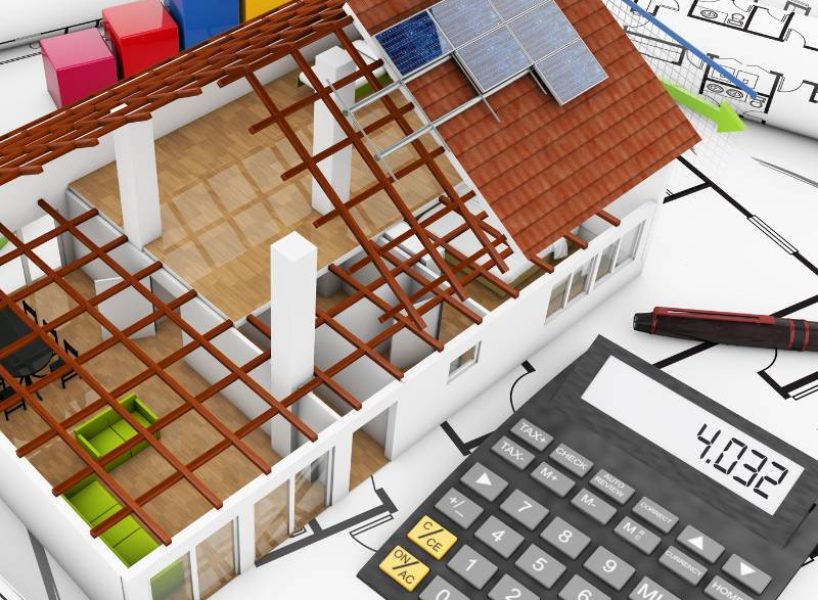
5. Attractive for tenants and buyers interested in Sustainable Architecture.

Interest in living in sustainable environments is on the rise.
Properties that adopt this type of architecture attract tenants and buyers looking to reduce their ecological footprint.
This translates into higher occupancy and rental income stability, as well as a more engaged and satisfied resident community.

Interest in living in sustainable environments is on the rise.
Properties that adopt this type of architecture attract tenants and buyers looking to reduce their ecological footprint.
This translates into higher occupancy and rental income stability, as well as a more engaged and satisfied resident community.
6. Increased resale value
Properties with sustainable architecture tend to have a higher resale value.
Today's buyers increasingly value the ecological and efficient features of real estate, which increases the demand and, therefore, the value of these properties in the market.
In addition, these properties often have environmental certifications that make them more attractive to an environmentally conscious and committed public.

Properties with sustainable architecture tend to have a higher resale value.
Today's buyers increasingly value the ecological and efficient features of real estate, which increases the demand and, therefore, the value of these properties in the market.
In addition, these properties often have environmental certifications that make them more attractive to an environmentally conscious and committed public.
